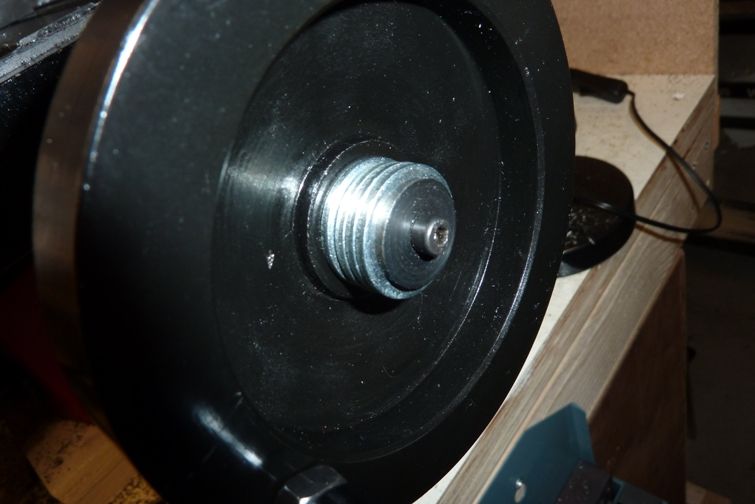Being a "faster" taper, R8 releases more easily than Morse. (The International tapers for Industrial Milling machines are even "faster", but the drive to the cutter is via dogs on the holder, not the taper).
2 MT is a bit small, unless you have a small Mill.
So here are my experiences, if they are any help.
My Mill/Drill is 3MT, which matches the Tailstock on my Lathe, so allowing tool holders/drill chucks to be interchanged, if so wished.
To avoid belabouring the bearings in the Mill head, I turned down some of the lower part of the spindle pulley retaining nut, and made an "extractor" which, when needed, is fitted by two 1/4 BSF setscrews, to a plate surrounding the lower part of the nut, with a 1/4 BSF forcing screw to act on the slightly slackened drawbar.
If the forcing screw does not "break" the taper, a light tap with a mallet then does.
For tooling with a tang, the usual taper drift is used to release it.
Having bought a 2MT ER25 collet holder for my previous Myford ML7, this is now used with a 2 -3 hollow adaptor in the Mill/Drill.
If needed for the 2MT Rotary Table, a home made separator with a 1/2 UNF forcing screw removes the adaptor.
In the lathe, ER 25 and ER32 collet chucks are on home made backplates, which allow work to pass through the chuck, and into the mandrel bore.
With regard to tightening torques, I could not apply 100 lb ft to any of the ER collet nuts with my chuck spanners, but have not had plain shank end mills, up to 20mm dia. (16mm shank) work their way out.
But it is surprising just how tight the nut has to be to hold a tap firmly, in my home made ER25 Tailstock sliding Tap Holder on the lathe.
(Yes, I did lap the bore with emery tape around a collet, to get a good fit!)
But a useful safety device which probably avoids broken Taps!
The choice is yours!
Howard
GaryM.





